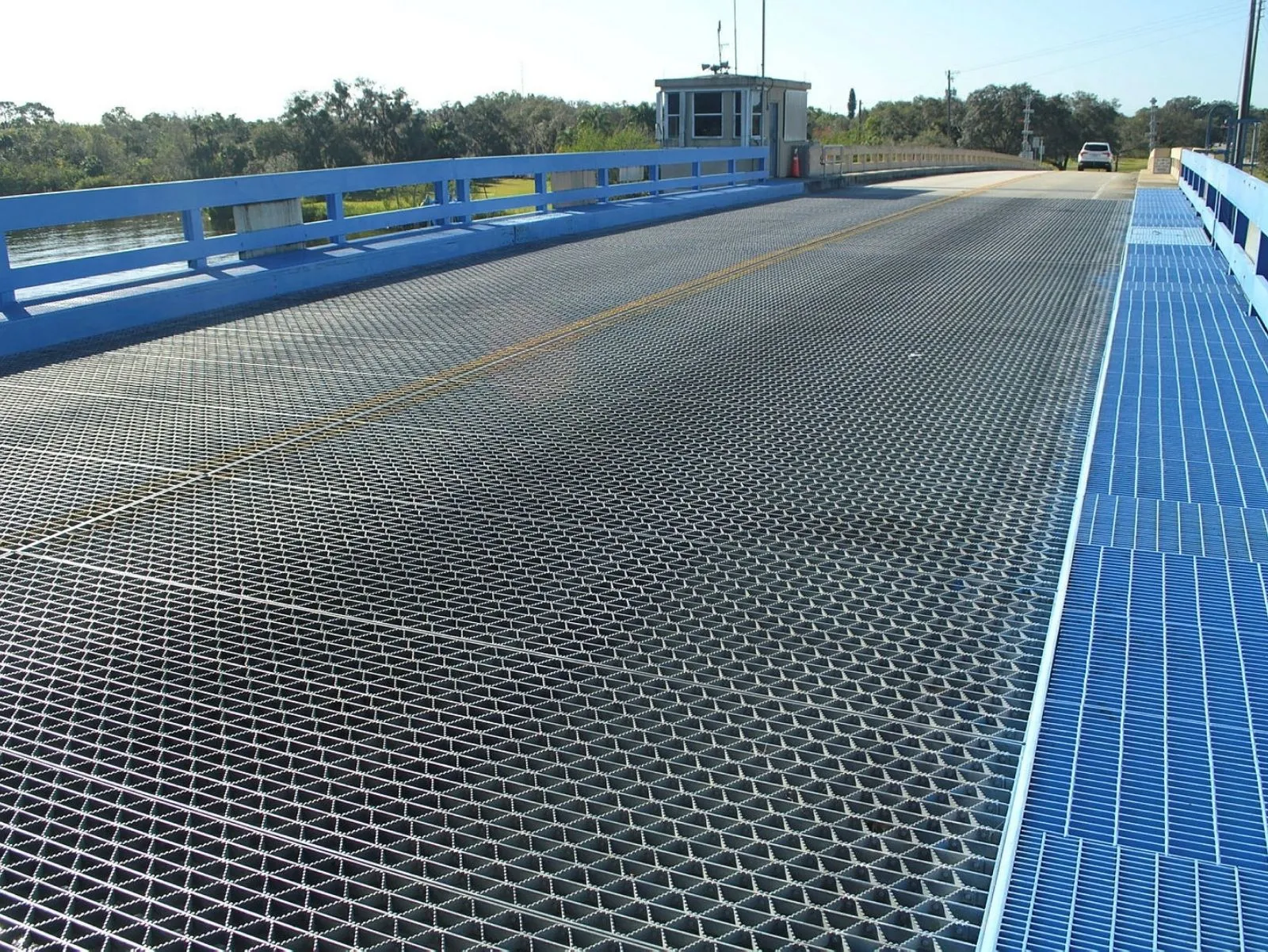- Industrial zone, South of Anping Town, Hengshui, Hebei, China.
- sales@hfpetromesh.com
- +86-18931809706
 Afrikaans
Afrikaans  Albanian
Albanian  Amharic
Amharic  Arabic
Arabic  Armenian
Armenian  Azerbaijani
Azerbaijani  Basque
Basque  Belarusian
Belarusian  Bengali
Bengali  Bosnian
Bosnian  Bulgarian
Bulgarian  Catalan
Catalan  Cebuano
Cebuano  Corsican
Corsican  Croatian
Croatian  Czech
Czech  Danish
Danish  Dutch
Dutch  English
English  Esperanto
Esperanto  Estonian
Estonian  Finnish
Finnish  French
French  Frisian
Frisian  Galician
Galician  Georgian
Georgian  German
German  Greek
Greek  Gujarati
Gujarati  Haitian Creole
Haitian Creole  hausa
hausa  hawaiian
hawaiian  Hebrew
Hebrew  Hindi
Hindi  Miao
Miao  Hungarian
Hungarian  Icelandic
Icelandic  igbo
igbo  Indonesian
Indonesian  irish
irish  Italian
Italian  Japanese
Japanese  Javanese
Javanese  Kannada
Kannada  kazakh
kazakh  Khmer
Khmer  Rwandese
Rwandese  Korean
Korean  Kurdish
Kurdish  Kyrgyz
Kyrgyz  Lao
Lao  Latin
Latin  Latvian
Latvian  Lithuanian
Lithuanian  Luxembourgish
Luxembourgish  Macedonian
Macedonian  Malgashi
Malgashi  Malay
Malay  Malayalam
Malayalam  Maltese
Maltese  Maori
Maori  Marathi
Marathi  Mongolian
Mongolian  Myanmar
Myanmar  Nepali
Nepali  Norwegian
Norwegian  Norwegian
Norwegian  Occitan
Occitan  Pashto
Pashto  Persian
Persian  Polish
Polish  Portuguese
Portuguese  Punjabi
Punjabi  Romanian
Romanian  Russian
Russian  Samoan
Samoan  Scottish Gaelic
Scottish Gaelic  Serbian
Serbian  Sesotho
Sesotho  Shona
Shona  Sindhi
Sindhi  Sinhala
Sinhala  Slovak
Slovak  Slovenian
Slovenian  Somali
Somali  Spanish
Spanish  Sundanese
Sundanese  Swahili
Swahili  Swedish
Swedish  Tagalog
Tagalog  Tajik
Tajik  Tamil
Tamil  Tatar
Tatar  Telugu
Telugu  Thai
Thai  Turkish
Turkish  Turkmen
Turkmen  Ukrainian
Ukrainian  Urdu
Urdu  Uighur
Uighur  Uzbek
Uzbek  Vietnamese
Vietnamese  Welsh
Welsh  Bantu
Bantu  Yiddish
Yiddish  Yoruba
Yoruba  Zulu
Zulu
- Afrikaans
- Albanian
- Amharic
- Arabic
- Armenian
- Azerbaijani
- Basque
- Belarusian
- Bengali
- Bosnian
- Bulgarian
- Catalan
- Cebuano
- Corsican
- Croatian
- Czech
- Danish
- Dutch
- English
- Esperanto
- Estonian
- Finnish
- French
- Frisian
- Galician
- Georgian
- German
- Greek
- Gujarati
- Haitian Creole
- hausa
- hawaiian
- Hebrew
- Hindi
- Miao
- Hungarian
- Icelandic
- igbo
- Indonesian
- irish
- Italian
- Japanese
- Javanese
- Kannada
- kazakh
- Khmer
- Rwandese
- Korean
- Kurdish
- Kyrgyz
- Lao
- Latin
- Latvian
- Lithuanian
- Luxembourgish
- Macedonian
- Malgashi
- Malay
- Malayalam
- Maltese
- Maori
- Marathi
- Mongolian
- Myanmar
- Nepali
- Norwegian
- Norwegian
- Occitan
- Pashto
- Persian
- Polish
- Portuguese
- Punjabi
- Romanian
- Russian
- Samoan
- Scottish Gaelic
- Serbian
- Sesotho
- Shona
- Sindhi
- Sinhala
- Slovak
- Slovenian
- Somali
- Spanish
- Sundanese
- Swahili
- Swedish
- Tagalog
- Tajik
- Tamil
- Tatar
- Telugu
- Thai
- Turkish
- Turkmen
- Ukrainian
- Urdu
- Uighur
- Uzbek
- Vietnamese
- Welsh
- Bantu
- Yiddish
- Yoruba
- Zulu
metal drain grid
The Importance of Metal Drain Grids in Urban Infrastructure
In the realm of urban infrastructure, the significance of effective drainage systems cannot be overstated. Among the various components that contribute to efficient runoff management, metal drain grids play a crucial role. These grids, often constructed from durable materials such as galvanized steel or stainless steel, provide both functionality and aesthetic appeal in cities across the globe.
At the core of their importance is the ability of metal drain grids to manage surface water efficiently. In urban areas, where impervious surfaces like roads and pavements dominate, rainwater often struggles to permeate the ground. This lack of drainage can lead to pooling water, creating hazardous conditions for pedestrians and vehicles. Metal drain grids address this issue by allowing rainwater to flow smoothly into the drainage system, reducing surface flooding during heavy rainfall.
Moreover, metal drain grids are designed to withstand the weight of vehicles, making them ideal for use on roadways, parking lots, and other high-traffic areas
. Their robust construction ensures longevity and reliability, minimizing the need for frequent replacements or repairs. This not only saves municipalities money but also reduces disruption to urban traffic patterns, as maintenance work is less frequent.metal drain grid

In addition to practical benefits, metal drain grids offer aesthetic advantages. Available in various designs and finishes, they can enhance the visual appeal of urban spaces. A well-designed drain grid can integrate seamlessly into the landscape, providing a cohesive look to streetscapes while effectively performing its function. This aspect is particularly important in pedestrian-heavy areas, where visual appeal can significantly impact the overall ambiance.
Sustainability is also a key consideration in the use of metal drain grids. Many modern versions are designed with environmentally-friendly features, such as filters that help improve water quality by trapping debris and pollutants before they enter the drainage system. This additional layer of protection is essential in preserving local waterways and ensuring that stormwater management practices contribute to overall environmental health.
Lastly, the ease of maintenance associated with metal drain grids cannot be overlooked. Unlike concrete or plastic options, metal grids tend to resist clogging and are less prone to damage from environmental factors. Regular cleaning is often sufficient to keep them functioning effectively, making them a practical choice for urban planners looking to implement cost-effective and low-maintenance solutions.
In conclusion, metal drain grids are an integral part of modern urban infrastructure. Their ability to efficiently manage runoff, withstand heavy loads, enhance aesthetic appeal, promote sustainability, and reduce maintenance burdens make them an indispensable asset for cities worldwide. As urban areas continue to grow, the importance of effective drainage systems, and by extension, metal drain grids, will remain a pivotal element in creating safe and sustainable environments.
-
Welded Steel Bar Grating: The Rugged Industrial Flooring Solution Built for Load and LongevityNewsJun.24,2025
-
Steel Walkway Grating: Reliable, Resilient, and Built for Every StepNewsJun.24,2025
-
Shale Shaker Screen for Sale: Optimize Drilling Efficiency with Precision Screening PowerNewsJun.24,2025
-
Shaker Screen for Sale: Elevate Your Drilling Efficiency with Durable Separation SolutionsNewsJun.24,2025
-
Press Locked Steel Grating: Industrial Strength with Precision Fit for Heavy-Duty ApplicationsNewsJun.24,2025
-
Perimeter Safety Netting: The Critical Safety Upgrade for Every HelipadNewsJun.24,2025